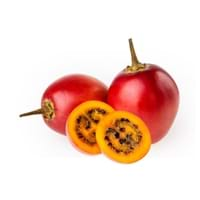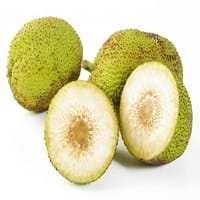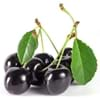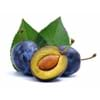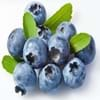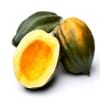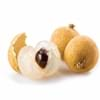Health Benefits
Cancer prevention, Improves eye vision, Prevents diabetes, Prevents high blood pressure
Cancer prevention, Heart care, Maintains healthy cholesterol level, Treatment of skin Diseases
General Benefits
Cures inflamed tonsils, Helps in weight loss, Maintains healthy cholesterol level
Boosts immune system, Digestive aid, Helps in weight loss, Maintains healthy cholesterol level
Skin Benefits
Anti-aging benefits, Protects skin from oxidative stress
Anti-aging benefits, Skin rejuvenation, Treatment of skin diseases
Hair Benefits
Protects hair
Protects hair, Regulates hair growth, Treatment of dandruff
Allergy Symptoms
Anaphylaxis, Coughing, Diarrhea, Eczema, Hives, Itching sensation in throat, Nausea, Skin Rashes, Runny nose, Sneezing, Swelling of mouth, tongue or lips, Vomiting, Wheezing
Hives, Inflammation of nose, Swelling of mouth, tongue or lips
Side Effects
Heart burn
Allergic reaction
Best Time to Eat
Along with meal, As a snack in the late afternoon, Don't consume at night and before bed, Don't eat after meal, Morning time (before lunch)
Along with meal, As a snack in the late afternoon, Don't consume at night and before bed, Don't eat after meal
Vitamin B5 (Pantothenic Acid)
Vitamin C (Ascorbic Acid)
Vitamin K (Phyllochinone)
Phytosterol
Not Available
Calories in Fresh Fruit with Peel
Not Available
Not Available
Calories in Fresh Fruit without Peel
Calories in Frozen Form
Not Available
Not Available
Calories in Dried Form
Not Available
Calories in Canned Form
Not Available
Calories in Jam
Not Available
Type
Fruit vegetable
Fruit vegetable, Tropical
Season
All seasons
All seasons
Varieties
Tamarillo bold gold, Tamarillo red beau, Tamarillo tango and Tamarillo teds red
Koqo, Tamaikora, Temaipo, Uto Kuro, Samoa, Buco Ni Viti and Kulu Dina
Color
Orange, Red, Yellow
White, Yellow
Inside Color
Creamy Yellow
White
Origin
South Africa
South Pacific
Soil Type
Sandy loam, Well-drained
Loam, Sand, Sandy loam, Well-drained
Climatic Conditions
Rainfall, Warm
Humid, Rainfall, Warm
Facts about
- Up until 1967, tamarillos were referred to as tree tomatoes.
- The name tamarillo is derived from Maori word 'tama' which means leadership and rillo from spanish word 'amarillo' which means yellow.
- The milky sap of breadfruit tree is used as glue & bark is used to make papers.
- Breadfruit tree produces 1st fruit after 2-3 years from planting & remains productive for decades.
- The seeds of breadfruit are edible.
Top Producer
New Zealand
Jamaica
Other Countries
Australia, Chile, Colombia, Malaysia, Peru, Philippines
Africa, India, United States of America
Top Importer
United States of America
United States of America
Top Exporter
New Zealand
Jamaica
Botanical Name
Solanum betaceum
Artocarpus altilis
Synonym
tree tomato, genus Cyphomandra, Cyphomandra
Artocarpus communis or Artocarpus incisa
Subkingdom
Tracheobionta
Tracheobionta
Division
Magnoliophyta
Magnoliophyta
Class
Magnoliopsida
Magnoliopsida
Subclass
Asteridae
Magnollidae
Family
Solanaceae
Moraceae
Species
Solanum betaceum
A. altilis
Generic Group
Nightshade
Mulberry
Difference Between Tamarillo and Breadfruit
We might think that Tamarillo and Breadfruit are similar with respect to nutritional value and health benefits. But the nutrient content of both fruits is different. Tamarillo and Breadfruit Facts such as their taste, shape, color, and size are also distinct. The difference between Tamarillo and Breadfruit is explained here.
The amount of calories in 100 gm of fresh Tamarillo and Breadfruit with peel is Not Available and Not Available and the amount of calories without peel is 31.00 kcal and 103.00 kcal respectively. Thus, Tamarillo and Breadfruit belong to Low Calorie Fruits and High Calorie Fruits category.These fruits might or might not differ with respect to their scientific classification. The order of Tamarillo and Breadfruit is Solanales and Rosales respectively. Tamarillo belongs to Solanaceae family and Breadfruit belongs to Moraceae family. Tamarillo belongs to Solanum genus of Solanum betaceum species and Breadfruit belongs to Artocarpus genus of A. altilis species. Beings plants, both fruits belong to Plantae Kingdom.
